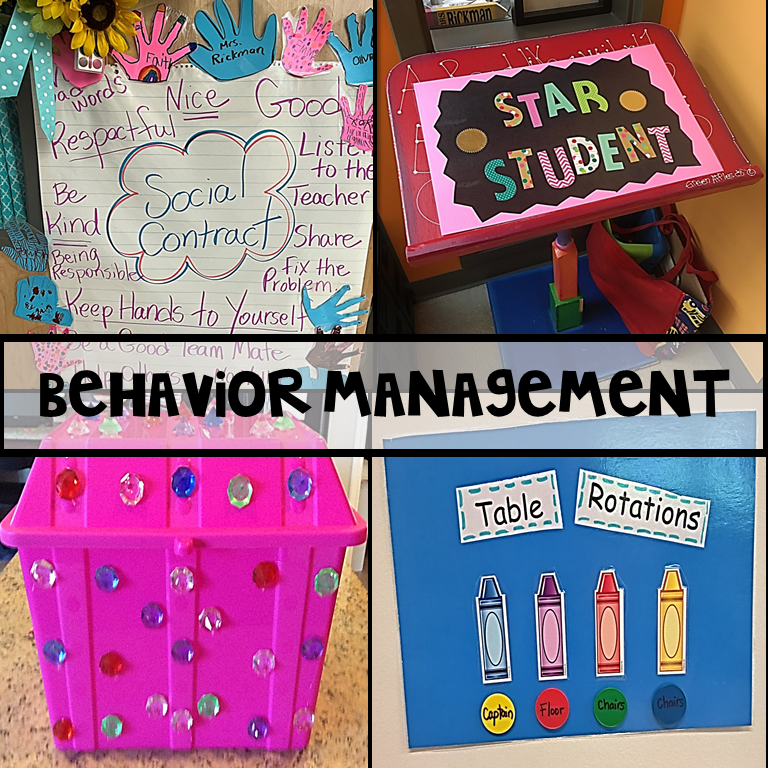
Hey teachers! Check out my 12 Behavior Management Strategies that will rock your classroom management! A lot of teachers struggle with behavior management strategies, especially if they are a first-year teacher. They are either too nice and let the kids run all over them, or they’re afraid of disciplining because they don’t want the parents to complain. No offense to first-year teachers, but I’ve seen a lot of them and it just seems like they’re way too nice! Parents complain anyway- so let’s just move past that. LOL
I’ve been known for great classroom management at my school. A lot of teachers look at my class and say that they are the best-behaved class in first grade. The P.E. teachers can always tell which kids are mine. When I taught third grade my nickname was “Fluff and Tough”. I guess because I was fun but structured at the same time. I LOVE a challenge… so when I have students in my classroom who are challenging behaviorally, I love to see how I can make them successful.
I’m going to share with you my 12 Behavior Management Strategies that have really helped me shape my classroom management system. I hope that you can get some great ideas for your classroom as well!
My 12 Behavior Management Strategies that will ROCK YOUR CLASSOOM!
1.) Create a Social Contract on the FIRST DAY of SCHOOL
2.) Use Bonus Bucks as Positive and Negative Behavior
3.) Have a Treasure Box or a Prize Box
4.) Use a Star Student as a Peer Facilitator
5.) Use Secret Walker for Hallways Expectations
6.) Have a Desk Contest for Points
7.) Bury “CAN’T” to Promote Growth Mindset
8.) Heads Down- Have a Mini-Lesson on Behavior
9.) Mr. Clicker Attention Getter
10.) Engage Your Students During a Story
11.) Count Down for Easy and Smooth Transitions
12.) Pack ‘N Stack- with Class Jobs
1.) Create a Social Contract on the First Day of School
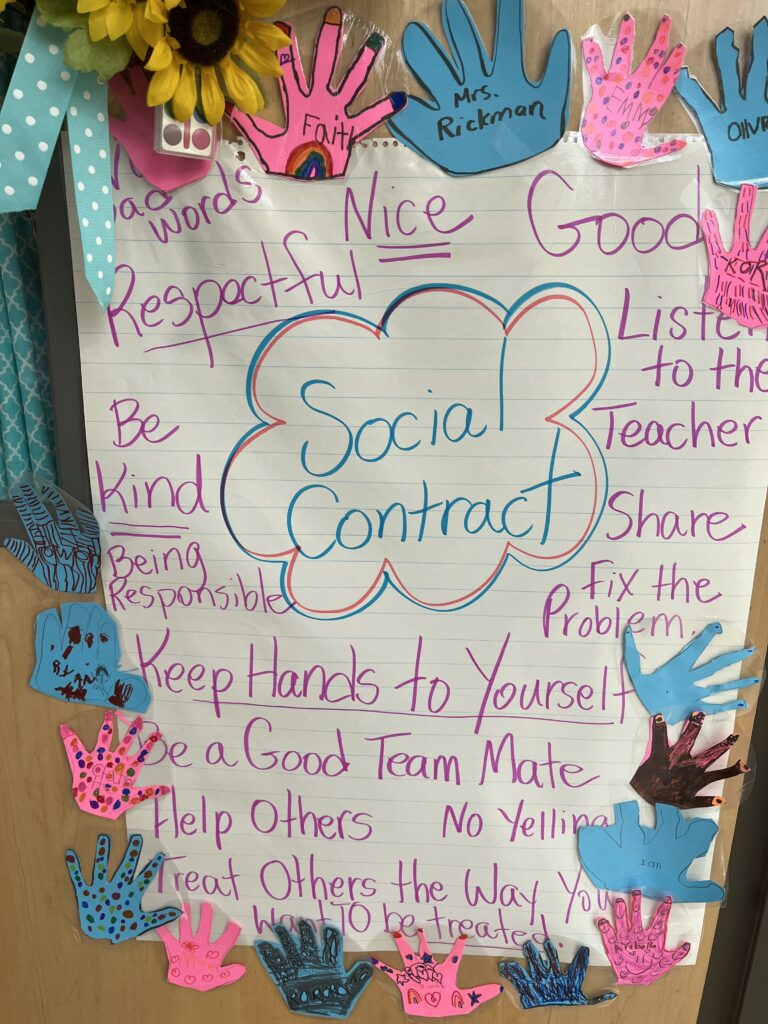
On the first day of school, I always start out with a Social Contract and the students all help me generate rules for our classroom. I ask the students these questions: How do we want to be treated by me the teacher? How do you want to be treated by each other? How do you want to treat the teacher? How do we want to treat each other when there’s conflict?
Then we make our hands out of construction paper and I tape them around the contract on the door. The students sign their names on their hands so they take ownership of the contract. Then, we read “The King and Queen of Kindergarten” and we talked about how we are supposed to act in first grade. We make these writing craftivities that I hang outside on my bulletin board. The students write “I CAN” statements inside each bubble to tell how they will behave to the King or Queen.
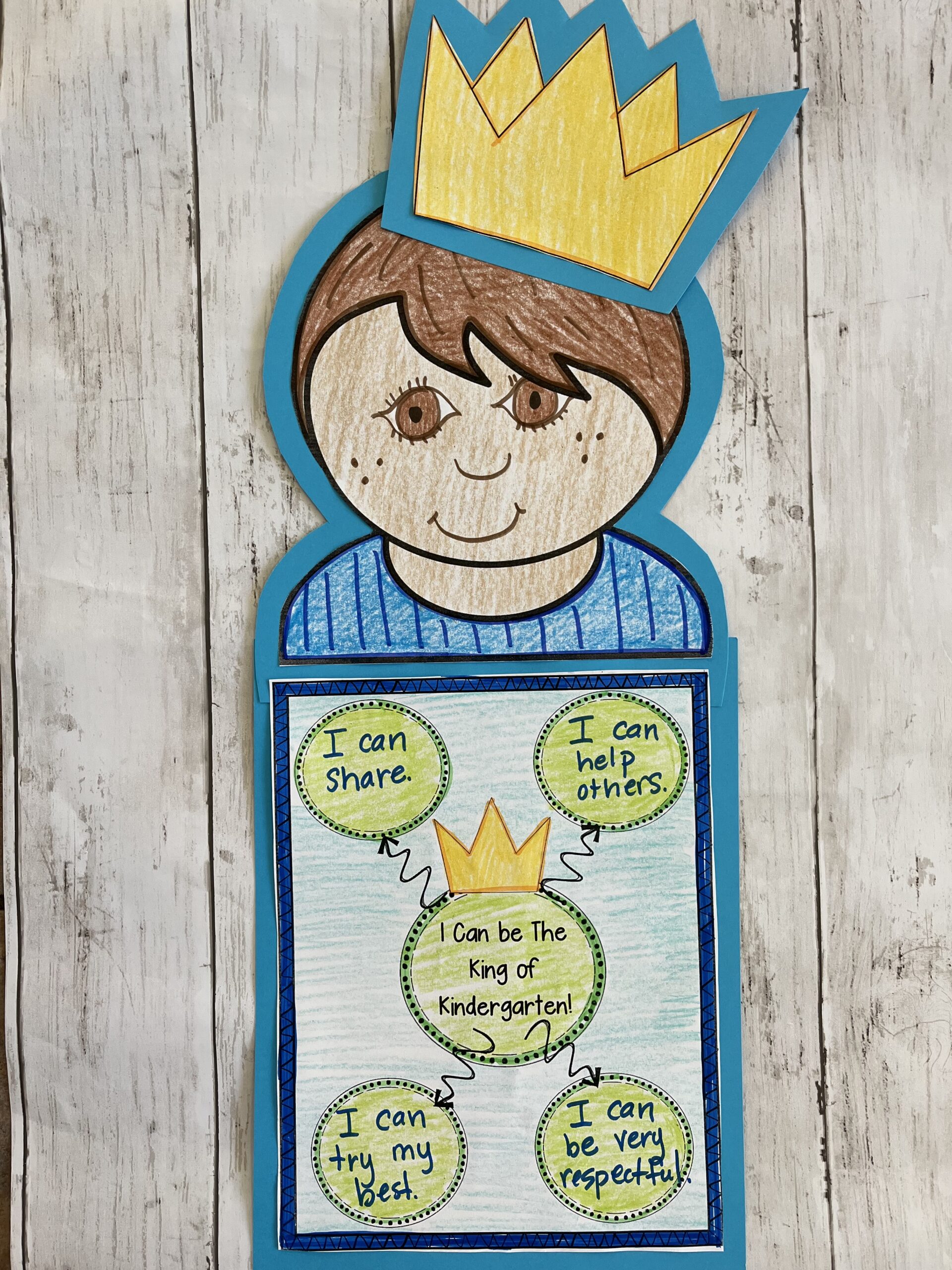

2.) Use Bonus Bucks for Positive and Negative Behavior
I know that some teachers don’t agree with taking away rewards or incentives, but I think that students need to have consequences whether they are natural or earned. I use bonus bucks every day in my classroom for my students to earn money for the treasure box. I give them out for good behavior, but I can also take them away. I tell my students this: Let’s say that you’re driving down the highway and a policeman stops you and gives you a ticket. You have to pay a fine for the ticket because you broke the law. Same thing in my classroom, if you break a rule, you have to pay a fine.
By telling my students this story, they really seem to understand why I’m taking a bonus buck away because they are not following the rules. At the end of the week, they use their bonus bucks to go to the treasure box. This gives them something to look forward to each Friday. I have my bonus bucks divided into colors for each amount: the one dollars are pink, the five dollars are blue, the ten dollars are green, the twenty dollars are yellow, the fifty dollars are white and the hundred dollars are purple. My students keep their bonus bucks in a special cup or container on their desks.

3.) Have a Treasure Box or Prize Box

I think having something that your students can look forward to each week makes them want to work harder to make good choices. Each Friday, my students can go to the treasure box if they have the correct amount of money. The first week of school, they have to have 10 dollars to pick a prize. If they do not have the right amount of money, then they have to wait the following week. I tell my students this story: If you go to Wal-Mart to buy a toy and you don’t have enough money, can you still buy it? No, you have to go back and earn more money at your job until you have enough money to buy the toy.
This helps them understand and not get upset. Of course, I will still have some students cry if they can’t get a toy, but I always tell them to try again the following week and eventually, they will get there! Just make better choices next time! If they spend their money and have some leftover, they will get to keep it for the following week. I always try and stock my treasure box with fun and interesting items such as stickers, squishy balls, happy meals, party favors, hard candy, and holiday toys. My students LOVE Fridays because of the treasure box!
4.) Use a Star Student as a Peer Facilitator

Having a star student be your teacher helper for the week has been a lifesaver for me! I LOVE choosing a new student each week to be my star student! They have very important jobs such as: handing out papers, giving out bonus bucks to the secret walker, being a peer facilitator during my reading groups, sitting at a VIP table, having a star student placemat, decorating a star student bulletin board, and taking the star student bag home for the weekend.
My favorite job for my star student is having them be my peer facilitator. This is the job I have them do when I’m with a reading group and they have to answer questions for me so I’m not interrupted. They get to wear a visor that says “Ask Me” while they answer questions. I bought these visors from Hobby Lobby and hot-glued foam letters on them. I have all the colors: red, yellow, orange, purple, blue and green.
My students LOVE this job because they love to be the teacher’s helper. This is a lot less stressful for me when I have my reading group to work with and am unable to answer questions. Of course, you have to train the students, but once they know what to do… It’s golden! And yes, even first graders can be peer facilitators!
5.) Use Secret Walker for Hallway Expectations
Another important job that my star student does in my classroom, is pick a secret walker. When we walk to different places (CAMP, recess, lunch, or assemblies) the star student watches the line to see who is walking the quietest with their bubble and thumb up. This gives the star student ownership of the class. I just walk to the side and watch. Some star students are better than others at keeping the line quiet, but it’s so great to see the leader in them come out.
At the end of our destination, the star student will pick the secret walker and give them bonus bucks. I just make sure they pick someone different each time so it’s fair. This is so fun for the students to have this job and it’s also fun for me to watch!
6.) Desk Contests for Points
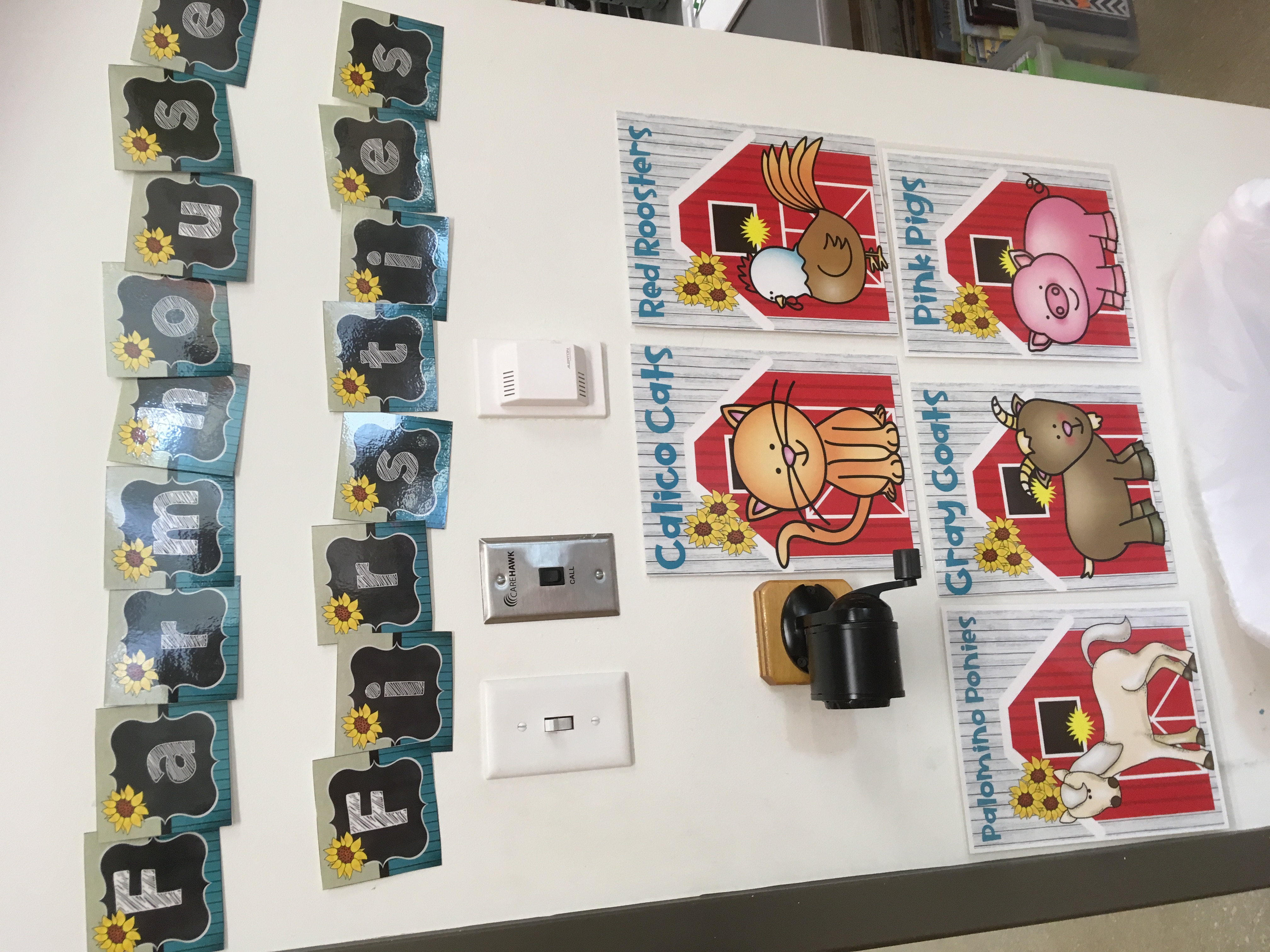
I LOVE having a Farm Contest- what’s a Farm Contest you ask? Well, my students are competing against each other to see who the quietest table is for bonus bucks. If they talk they get a point written on their table animal. The star student gets to write the points on the animals. They LOVE this job too! At the beginning of the year, we practice a farm contest for about 5 minutes at a time- to build their stamina. And, eventually, we have a farm contest all day. So, my students know that whenever they are working at their desk during Reader’s Workshop, Writer’s Workshop, or Math Workshop, they know that the farm contest is on.
At the end of the day, I collect the bonus bucks for the table points. If they don’t have any points, then they get to earn the bonus bucks! Each month, I raise the price of the farm contest to make it harder to win, but easier to get more money if they’re quiet! If you walk into my classroom during a Farm Contest, you’ll hear music playing and see that the students are working quietly at their desks. This frees me up to have my reading groups, and math groups, or to test my students on their benchmarks. Here’s my YouTube video of my students during Writer’s Workshop when the Farm Contest is on.
7.) Bury “CAN’T” to Promote Optimism
At the beginning of the year, I read the story, “The Little Engine That Could”. This is a story about how a small blue train tries her best to get her cars over the mountain. This is a great lesson to talk about Optimism and Perseverance. I show my students this anchor chart that says “I CAN’T” and we practice saying “I’m having trouble” instead of saying “I can’t”. I tell them that when they say “can’t”, their brain shuts down and it’s extremely hard to get back out of that mindset.
So, saying “I’m having trouble”, keeps them optimistic to try again. We pretend that we bury “can’t” in the ground and he never comes out again. There will be times that you are frustrated, sad, or think the world’s going to end, but always think optimistically and things will start to look on the bright side.
8.) Heads Down- Have a Mini-lesson on Good Behavior
I’ve heard a lot of teachers complain that their class is very talkative and interrupts them nonstop. I’ve been there too and guess what… this easy strategy works wonders- and my students HATE this. Fortunately, I don’t have to do heads down too often, but when I do, my students know I mean business. If the behavior gets really out of hand and the students are constantly talking over you, have a heads-down mini-lesson. I turn off the lights and everyone has to put their head down on their desk and be absolutely quiet. I walk around and talk about what just happened.
I remind them about what good behavior looks like and how first graders need to act. I remind them that they are practicing what they’re going to be when they grow up, so practice making good choices. It really depends on the dynamics of your class, and how much tolerance you have in order to have a heads down. Some classes I’ve had over the years, don’t need one at all, but some need one almost each week.
Now, here’s the kicker… if we have a heads down, I tell my students that they are wasting my teaching time, so now I’m going to take away their time at recess. When we go to recess that day, I sit the whole class down for 1 minute time out before they get to play. Now, I only do this for one minute, but to them, it feels like agony. I try and make sure to get out to recess before any of the other classes do, so they are still getting their full time to play- but shhhhh they don’t know that.
So, the next time I have to stop during my lesson because they are talking over me, all I need to say is… Do we need to have a heads down? And this quickly fixes the behavior- most of the time. You will still have those students who will blurt out and interrupt you, so that means they will need their own time out at recess, or need to be on a behavior contract.
9.) Mr. Clicker Attention Getter

Do you need something to get your student’s attention? This may sound silly, but I use a Pet Clicker to get their attention. I don’t yell, scream, or shout at my students, all I need to do is click the clicker and I train all of my students to freeze and look at me. We practice this about 100 times during the first week of school so they know to stop and look.
This is extremely helpful when I’m teaching a reading or math group and some other students are being silly at their desks. I tell them that if they look at me and I’m looking at them, their table will get a point during the Farm Contest. This really saves my voice, especially if I lose my voice and need to gain my student’s attention. It is a life saver! So, go get a Pet Clicker! You won’t regret it!
10.) Engage Your Students During a Story
Most teachers have trouble with student engagement during a story… but this is one of my strengths. First of all, all of my students have an assigned spot on the carpet. I don’t let them sit next to someone who they could be silly with. The students who have a hard time focusing and listening are ALWAYS sitting in the front row. The better listeners are towards the back.
Before reading the story, I start by saying “Applejacks”! When my students hear this word, they sit up and freeze in their spots. I give out a bonus buck to whoever is the quietest. This helps with getting the focus back on track. If I notice that they are starting to talk or be silly, I stop the story and say “Applejacks” again.
I also give my students a challenge and tell them a vocabulary word to listen for during the story. Whatever the word is, they have to put their thumbs up or touch their nose when they hear that word. It could be a vocabulary word that you are introducing and you want them to learn. This also increases student engagement because I give out a bonus buck to whoever the best listener is! They LOVE this!
11.) Countdown For Smooth and Quick Transitions
I LOVE using countdowns for my transitions. I think this helps with time management as well. If you are the kind of teacher who always goes over time with your lessons, try using a countdown to lessen your transition time. Here is my YouTube Video of how my students transition. At the beginning of the year, I always countdown outloud, but then by the end of the year, I don’t need to countdown anymore, because my students understand what my expectations are during the transition.
They walk with their bubble and their thumb up not only in the classroom but in the hallway as well. I countdown between subjects while the students are coming to the carpet or back to their seats. I definitely would try this strategy to help with your time management because it’s so helpful to you and your students!
12.) Pack n’ Stack- Using Class Jobs

Have you ever tried having a clean-up race at the end of your day to help with getting your students to clean up quickly? I call mine Pack ‘n Stack! Here’s what I do- I have four class jobs: Table Captain, Floor Sweeper, Pencil Sharpener, and Chair Stacker. I have a poster like the one above that shows which color has what job. Each student has a colored dot sticker on their desk so they know what color they are. I rotate the jobs each week so everyone has a chance to be all 4 jobs. I give my students three minutes to clean their table area.
They have to get their backpack on and stand next to their desk with their thumb up. The cleanest table who is ready first wins bonus bucks. This race has really saved me time at the end of the day when I’m in a time crunch. This race really helps the teams work together and help each other out with their jobs. If one student finished their job first, they need to ask another student at their table if they need help. It’s amazing to see the teamwork going on to win the race!
I hope that you got some great ideas for behavior management in your classroom! Remember whatever you try with your students, just be consistent and equal to all, and your classroom management will thrive! If you’re interested in checking out my Day in First Grade blog post, click here.
Until next time… let’s take your classroom to the next level!



